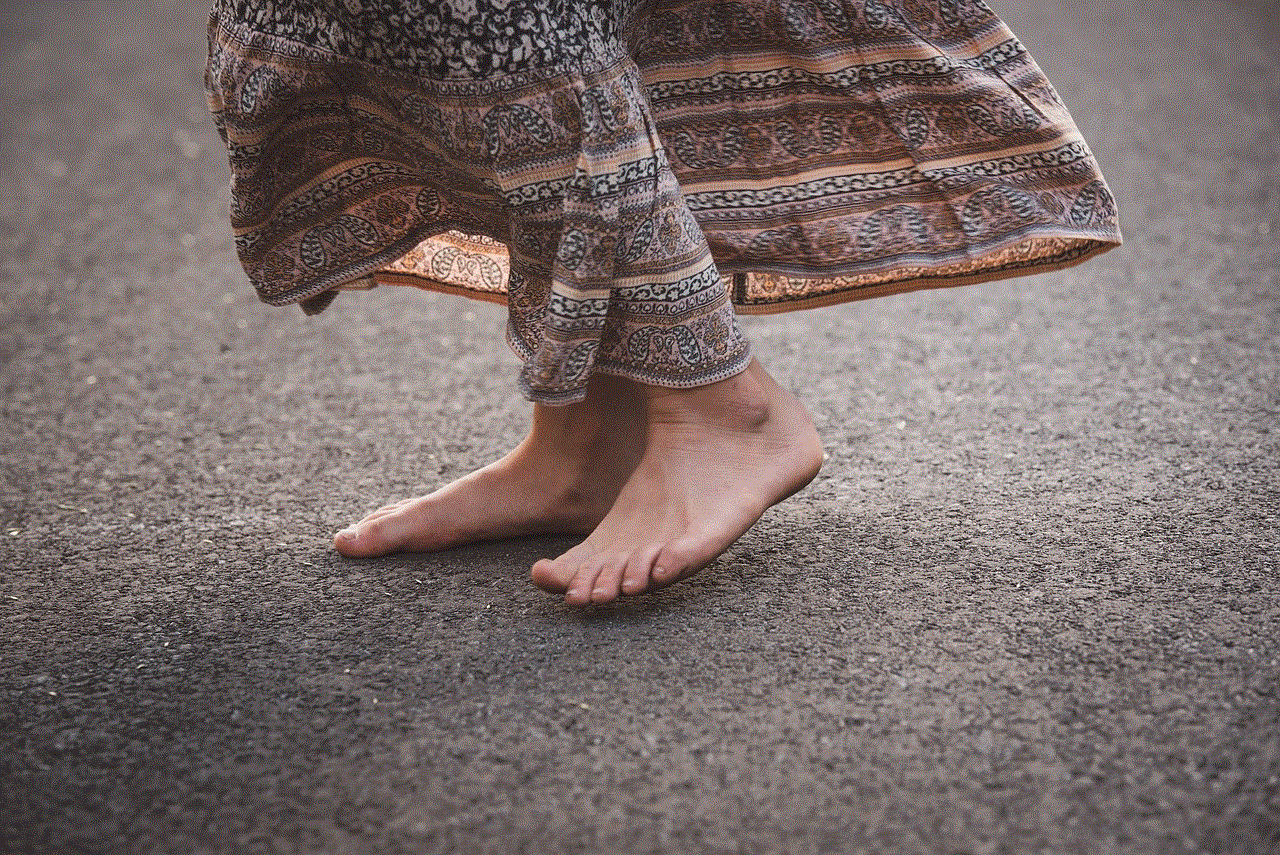how long should a tik tok video be
# How Long Should a TikTok Video Be? Understanding Optimal Video Length for Engagement
In the world of social media, few platforms have experienced such meteoric growth as TikTok. With its unique blend of short-form videos, creative editing tools, and an ever-evolving algorithm, TikTok has captivated the attention of millions around the globe. One of the most frequently asked questions by content creators and marketers alike is: “How long should a TikTok video be?” In this article, we will explore the ideal video lengths, the psychology of viewer engagement, and tips for maximizing the impact of your TikTok content.
## The Evolution of TikTok Video Length
When TikTok first emerged, the maximum video length was a mere 15 seconds. This brevity encouraged users to create quick, snappy content that could easily capture attention. As the platform evolved and audience preferences shifted, TikTok increased the maximum video length to 60 seconds, and later to 3 minutes and even 10 minutes for select users. This evolution reflects the platform’s adaptability and acknowledgment of user needs and creativity.
The platform’s original short-form focus allowed for rapid consumption, making it ideal for users with short attention spans. However, as creators began to experiment with storytelling, tutorials, and more complex content, the increased video length options opened up new avenues for creativity and audience engagement.
## Understanding Audience Attention Span
One of the key factors influencing the ideal video length on TikTok is the audience’s attention span. Studies have shown that the average human attention span has decreased significantly in recent years, largely due to the prevalence of information overload and digital distractions. As a result, users often prefer content that is concise, engaging, and to the point.
For TikTok, the sweet spot for engagement tends to be between 15 and 30 seconds. This window allows creators to deliver a complete message or narrative without losing the viewer’s interest. However, this does not mean that longer videos are ineffective; rather, they require careful planning and execution to maintain engagement throughout.
## Short-Form Content: The 15-30 Second Rule
Short-form content thrives on TikTok, and for good reason. The platform’s algorithm rewards videos that are watched in their entirety, meaning that shorter clips are more likely to be viewed all the way through. This not only boosts engagement but also increases the likelihood of the video being shared or going viral.
In this fast-paced environment, creators can leverage the 15-30 second window to produce bite-sized, impactful content. Whether it’s a quick dance, a comedic skit, or a brief tutorial, the key is to hook the viewer within the first few seconds. Captivating visuals, catchy music, and engaging storytelling techniques can all contribute to a video’s success in this timeframe.
## Medium-Length Content: The 30-60 Second Option
While short-form videos dominate TikTok, medium-length content—ranging from 30 seconds to 60 seconds—can also be effective, especially for more complex topics. This length allows creators to delve deeper into a subject while still maintaining viewer interest. For instance, a cooking tutorial might benefit from this length, as it provides enough time to showcase essential steps and tips without overwhelming the viewer.
To maximize the effectiveness of medium-length videos, creators should focus on pacing and editing. Effective use of cuts, transitions, and visual effects can keep the content engaging while maintaining a steady flow. Additionally, using text overlays or on-screen captions can help emphasize key points and enhance viewer understanding.
## Long-Form Content: 1 Minute and Beyond
The introduction of longer video formats—up to 3 minutes and even 10 minutes—has opened up new possibilities for TikTok creators. Long-form content can provide in-depth analysis, detailed storytelling, or comprehensive tutorials that may not fit into shorter clips. However, the challenge lies in keeping viewers engaged throughout the entire duration.
When creating long-form content, it’s essential to have a clear structure. This may involve breaking the content into segments or chapters, allowing viewers to digest information more easily. Additionally, pacing is crucial; long videos should maintain a dynamic rhythm, incorporating visual changes, music shifts, and engaging commentary to sustain interest.
## The Importance of Hooking the Audience
Regardless of video length, the importance of a strong hook cannot be overstated. The first few seconds of a TikTok video are critical for capturing viewer attention. Without an engaging beginning, viewers are likely to scroll past your content, leading to lower engagement rates and reduced visibility.
A compelling hook can take many forms: a provocative question, an unexpected visual, or a captivating statement. The goal is to pique curiosity and encourage viewers to continue watching. This is particularly important in longer videos, where maintaining interest over several minutes can be challenging.
## Audience Insights and Experimentation
While general guidelines can provide a framework for creating TikTok content, understanding your specific audience is crucial. Different demographics may have varying preferences when it comes to video length. For example, younger audiences may favor short, humorous clips, while older viewers might appreciate longer, informative content.
To determine the ideal video length for your audience, consider experimenting with different formats. Monitor engagement metrics—such as watch time, likes, shares, and comments—to identify which lengths resonate most with your followers. This data-driven approach can help you refine your content strategy and optimize viewer engagement.
## The Role of Trends and Challenges
Trends and challenges play a significant role in shaping content on TikTok. Many popular trends involve specific challenges that often dictate the length and format of videos. For instance, dance challenges typically thrive in the 15-30 second range, while informational challenges may allow for longer, more detailed explanations.
Staying up-to-date with current trends can help creators align their content with audience expectations. Participating in popular challenges not only increases visibility but also encourages engagement from users who are already familiar with the format.
## Creating Shareable Content
One of the primary goals for TikTok creators is to produce content that is shareable. Videos that are easily shareable can reach a wider audience and increase the likelihood of going viral. When considering video length, it’s important to think about how easily viewers can share the content with friends or on other platforms.
Shorter videos, typically under 30 seconds, are more likely to be shared due to their concise nature. However, longer videos can also achieve shareability if they provide valuable information or entertainment. The key is to ensure that the content resonates with viewers on an emotional level, whether through humor, inspiration, or relatability.
## Conclusion: Finding Your Unique Style
Ultimately, the ideal video length on TikTok varies based on content type, audience preferences, and individual creator style. While short-form content tends to dominate the platform, there is ample room for creativity in longer formats. The key is to understand your audience, experiment with different lengths, and continuously analyze engagement metrics to refine your approach.
As TikTok continues to evolve, so too will the strategies for creating engaging content. By staying adaptable and open to experimentation, creators can find their unique voice and style, ensuring their videos resonate with viewers and contribute to the platform’s vibrant community. Whether you choose to create quick, snappy clips or delve into longer narratives, the most important thing is to remain authentic and true to your creative vision. Embrace the journey, and let your creativity shine on TikTok!
if we restrict someone on instagram will they know
# Understanding Instagram Restrictions: Do Users Know When They’re Restricted?



Instagram has become one of the most popular social media platforms globally, with over a billion active users. It serves as a platform for sharing photos, videos, stories, and connecting with friends, family, and even brands. However, with the rise of social media, the need for privacy and control over who can interact with us has also increased. One of the features that Instagram offers to help users manage their interactions is the ability to restrict other accounts. This article delves into the concept of restricting users on Instagram and answers the burning question: If we restrict someone on Instagram, will they know?
### What Does It Mean to Restrict Someone on Instagram?
To restrict someone on Instagram means to limit their ability to interact with your account without them being notified. When you restrict an account, that user’s comments on your posts will only be visible to them, and their messages will be moved to your Message Requests folder. This feature is particularly useful for those who want to maintain a level of distance from certain individuals without completely blocking them.
The restriction feature is a more subtle approach than blocking. When you block someone , they can no longer find your profile, see your posts, or interact with you in any way. On the other hand, restricting an account allows you to keep the connection without the unwanted interactions. This makes it an ideal option for users who may not want to confront the individual directly or create a more significant rift.
### The Psychological Impact of Restricting Someone
Restricting someone can be a double-edged sword. On one hand, it provides a sense of control and safety, allowing users to curate their online experiences. On the other hand, it can lead to feelings of guilt or anxiety, particularly if the restricted individual is a friend or acquaintance. Users often grapple with the decision to restrict someone, weighing their need for peace against the potential fallout of their choice.
Moreover, the act of restricting someone can also provoke various emotional responses in the restricted individual. They might feel confused or hurt upon realizing that their interactions with you are not as visible as before. This could lead to questions about the state of your relationship, even though they may not have concrete evidence that they’ve been restricted.
### Indicators That You’ve Been Restricted
One of the most significant concerns for individuals contemplating the restriction feature is whether the restricted party will have any indication that they have been restricted. Instagram does not send notifications or alerts when someone is restricted. However, there are several signs that might lead a user to suspect they have been restricted.
1. **Comment Visibility**: If a user notices that their comments on your posts are not visible to anyone but themselves, it could indicate that they have been restricted.
2. **Message Requests**: Restricted users will find that their direct messages are moved to the Message Requests folder. If they previously had direct access to your messages and suddenly find their messages being filtered, it may raise suspicions.
3. **Engagement Changes**: If the restricted user notices a lack of engagement from you, such as not liking their posts or responding to their messages, they may begin to wonder if something has changed in your relationship.
4. **Friend Circle Feedback**: If mutual friends mention the restricted user’s comments and interactions but do not see them on your posts, it could lead to speculation that a restriction is in place.
While none of these indicators are definitive proof that someone has been restricted, they can certainly lead to suspicion and doubt.
### The Benefits of Restricting Users
The primary benefit of restricting someone on Instagram is the ability to manage your online interactions without causing drama. This feature allows individuals to protect their mental well-being and maintain a positive online environment. Here are some additional benefits of using the restriction feature:
– **Avoiding Confrontation**: Restricting someone can help avoid direct confrontation. It allows the user to distance themselves without the potential fallout of a conversation about why they are blocking or unfollowing someone.



– **Maintaining Relationships**: In some cases, users may not want to cut ties completely but still need to protect themselves from negativity or unwanted interactions. Restricting an account allows for a more balanced approach.
– **Focus on Positive Interactions**: By restricting accounts that bring negativity, users can focus on building and nurturing positive relationships that enhance their overall experience on the platform.
### The Drawbacks of Restricting Users
While the restriction feature has its advantages, it is essential to recognize that it also comes with potential drawbacks. Below are some of the challenges that users might face when restricting someone on Instagram:
– **Miscommunication**: The restricted individual may misinterpret your actions, leading to misunderstandings and strained relationships.
– **Guilt**: Users may feel guilty about restricting someone, especially if they were once close friends or if the person has not done anything overtly harmful.
– **Limited Interaction**: Restricting someone may limit the possibility of resolving any underlying issues. Instead of addressing problems directly, users may find themselves avoiding conflict altogether.
### Engaging with Restricted Users
If you have restricted someone on Instagram and wish to engage with them in the future, consider the following tips:
1. **Reassess Your Decision**: Take time to evaluate your reasons for restricting the individual. If the situation has changed or if you feel comfortable, consider unrestricting them.
2. **Open Communication**: If appropriate, reach out to the individual in a private message to discuss your feelings and why you chose to restrict them. This can help clear the air and restore your relationship.
3. **Gradual Engagement**: If you decide to unrestrict the user, consider gradually re-engaging with them through likes or comments on their posts before jumping back into direct conversations.
### The Future of Social Media Restrictions
As social media continues to evolve, it is likely that features like restricting accounts will become increasingly sophisticated. Platforms may introduce more nuanced options for managing interactions, giving users greater control over their online experiences.
Moreover, with a growing awareness of mental health and the impacts of online interactions, it is essential for social media platforms to prioritize user safety and well-being. This could lead to new features that allow users to manage their relationships more effectively while minimizing the potential for misunderstandings.
### Final Thoughts: Navigating Social Media Relationships
In conclusion, the decision to restrict someone on Instagram is a personal one, influenced by various factors such as the nature of your relationship, past interactions, and your mental well-being. While Instagram does not notify users when they are restricted, they may still sense a change in how they can interact with you.



It is essential to approach social media relationships with care, recognizing that every action has the potential to impact the feelings and perceptions of those involved. By being mindful of your decisions and communicating openly when possible, you can navigate the complexities of social media in a way that aligns with your values and mental health needs.
Remember, social media should enhance your life, not complicate it. Use the tools at your disposal, like the restriction feature, to create a positive and fulfilling online experience that reflects who you are and what you value.
0 Comments